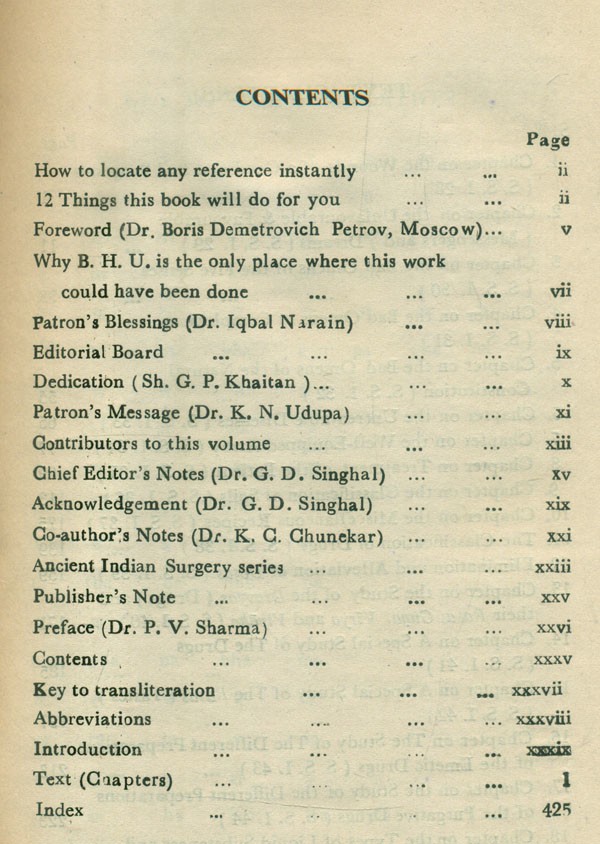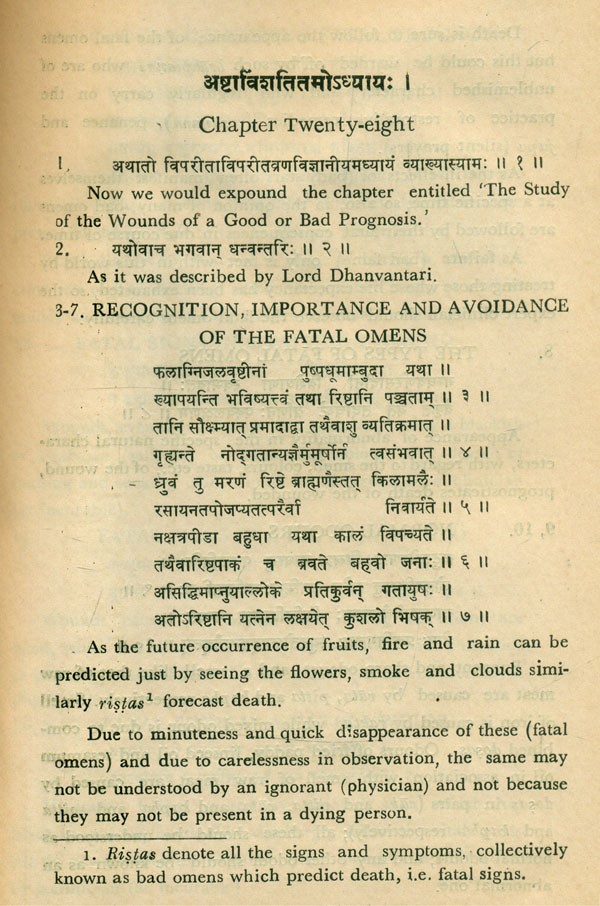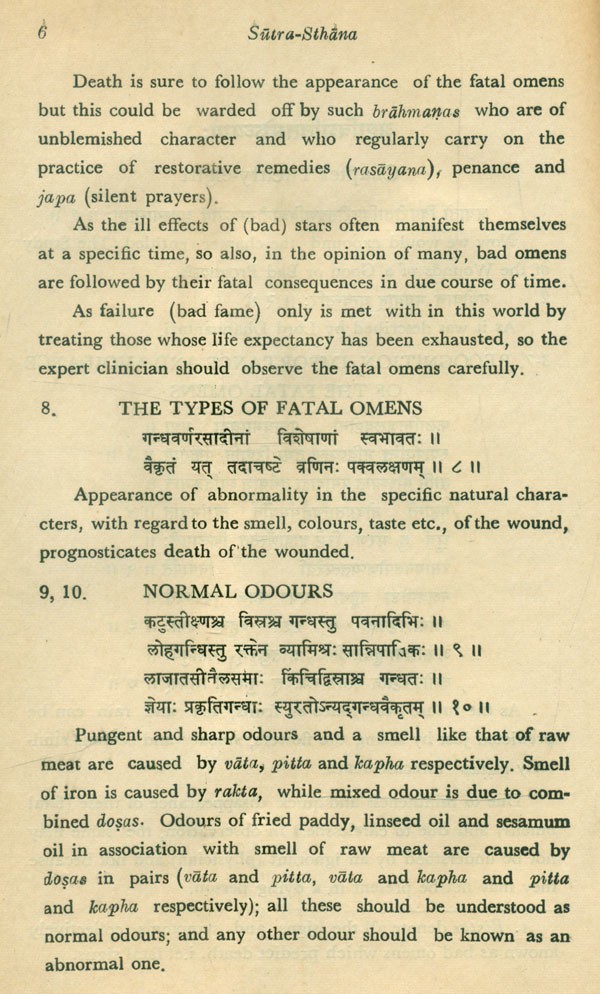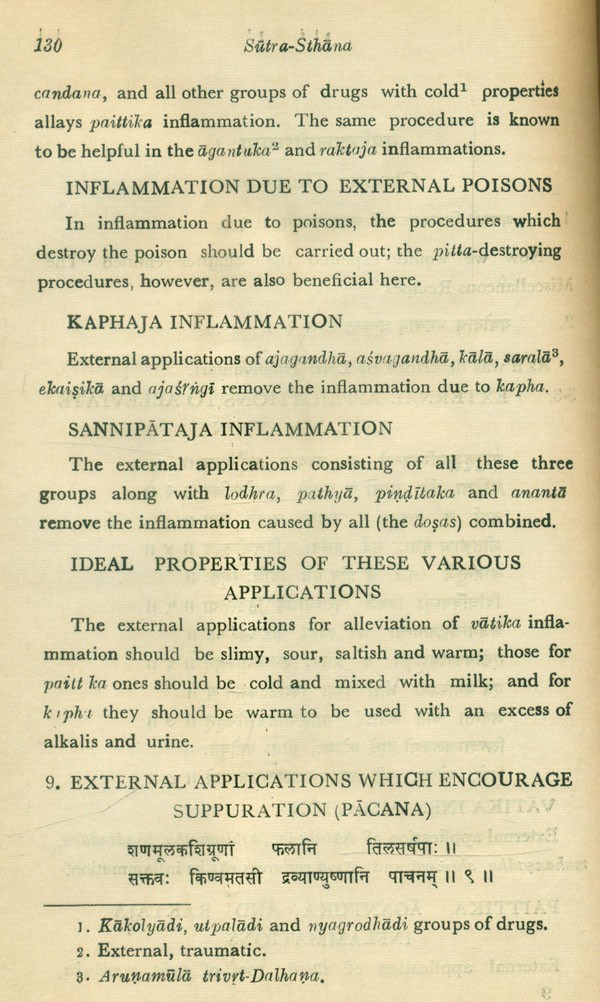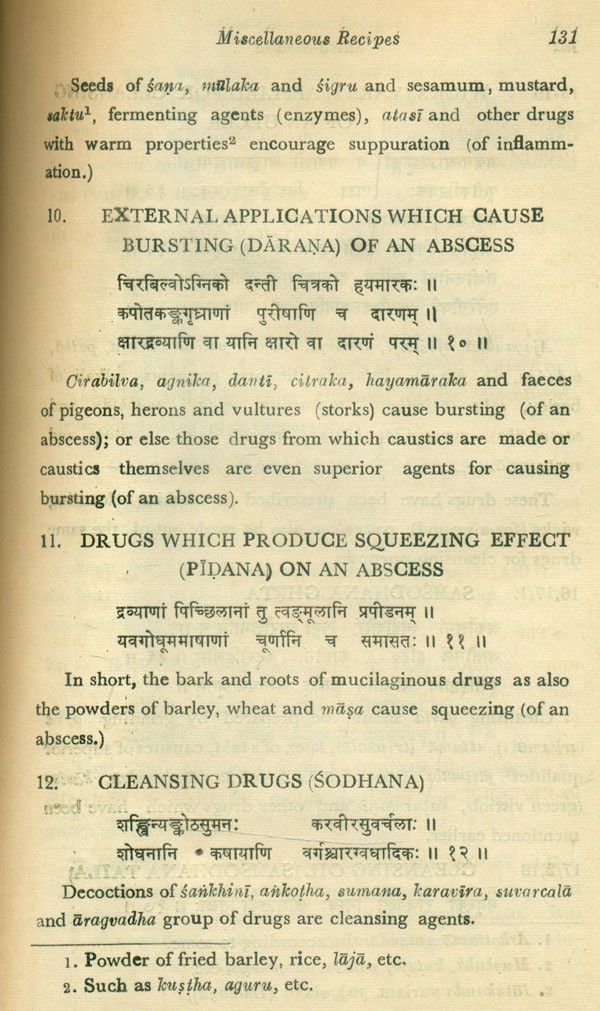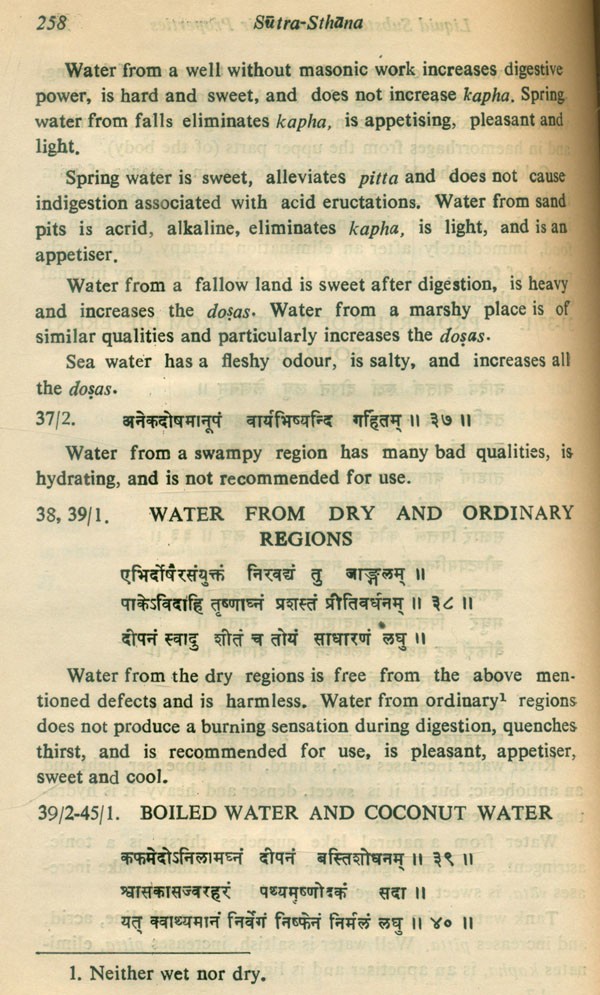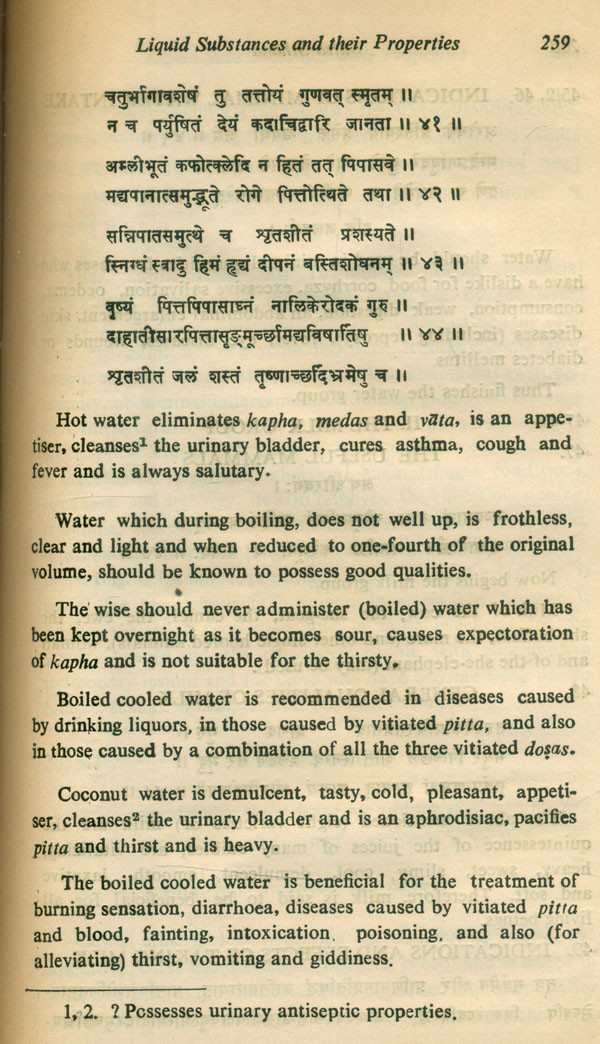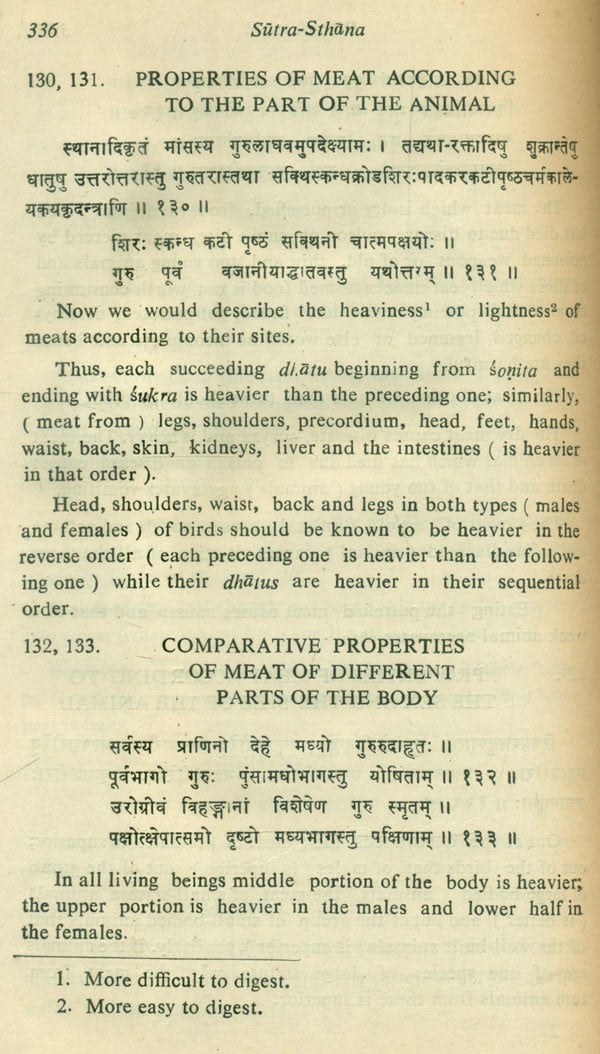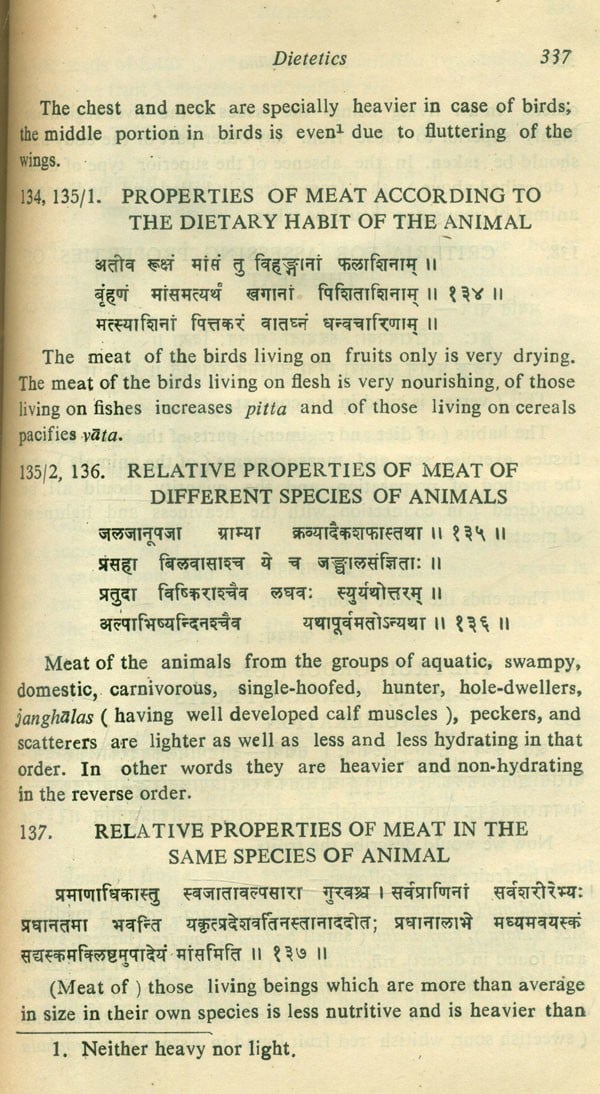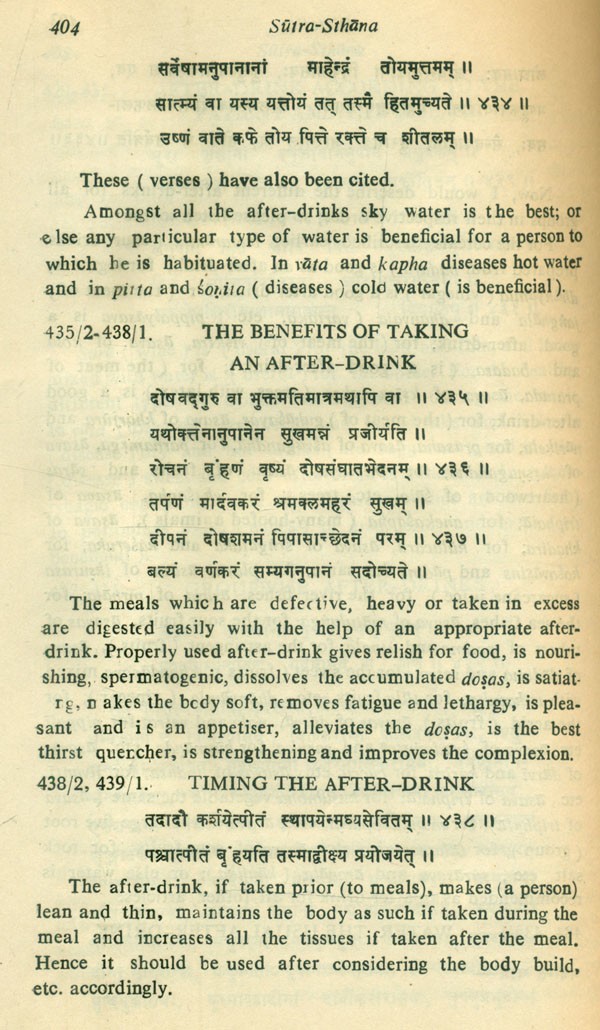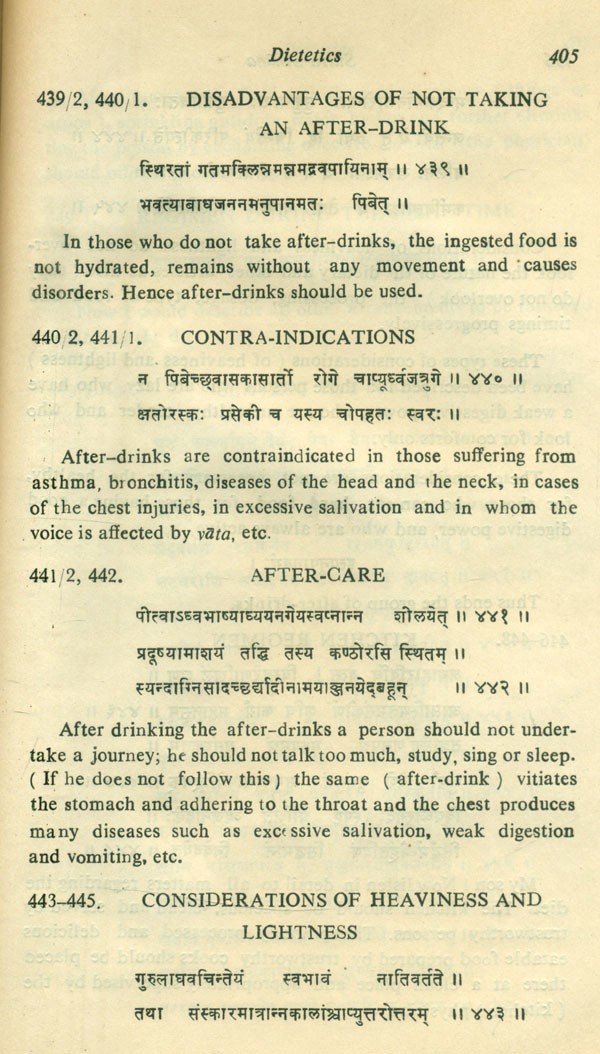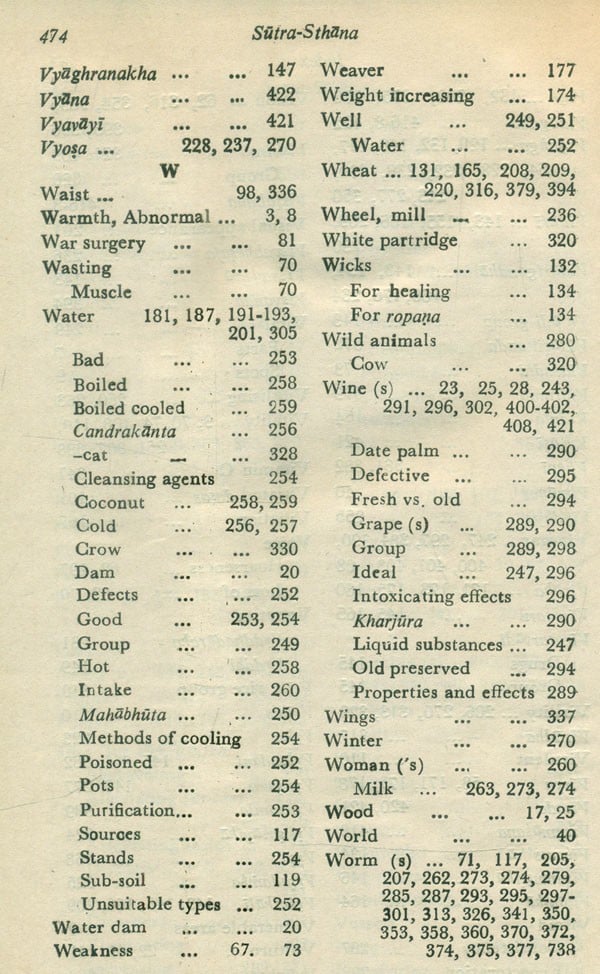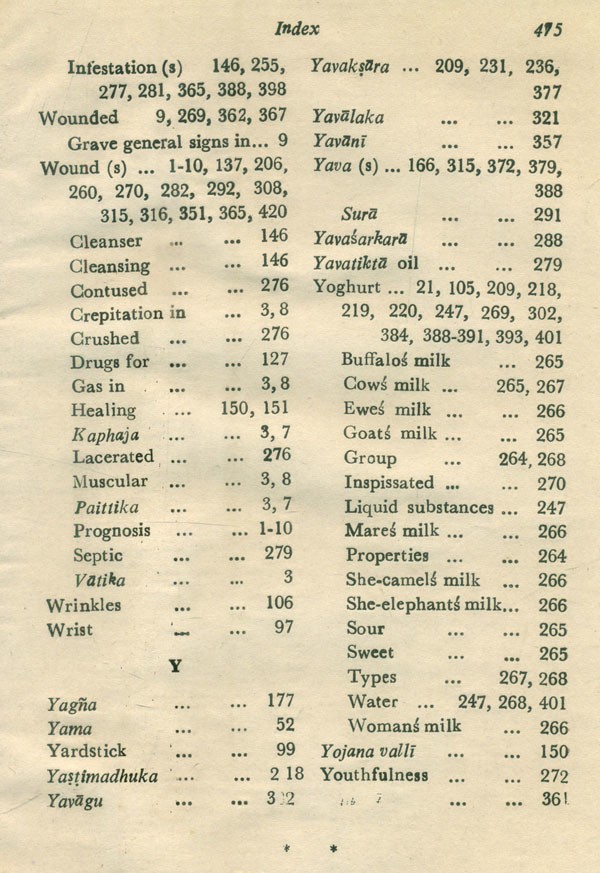
Pharmaceutical Considerations in Ancient Indian Surgery- Based on Chapters 28-46 of Sutra-Sthana of Susruta Samhita: Part-2 (An Old and Rare Book)
Book Specification
| Item Code: | UBE010 |
| Author: | G.D. Singhal |
| Publisher: | Chaukhamba Sanskrit Pratishthan |
| Language: | SANSKRIT TEXT WITH ENGLISH TRANSLATION |
| Edition: | 1982 |
| Pages: | 514 |
| Cover: | HARDCOVER |
| Other Details | 9.00 X 6.00 inch |
| Weight | 620 gm |
Book Description
I do it with a special pleasure because medical relations between the people of India and the Russian people began centuries ago. A famous Russian traveler Afanasiy Nikitin (2nd half of the XV century) in his travel notes Voyage Beyond Three Seas' described the mode of life, diseases and drugs in India at that time. In old Russian medical books we often find references to Indian drugs of vegetable, animal and mineral origin.
This new volume of the Ancient Indian Surgery series deals with the use of pharmaceutical substances in the traditional Indian Surgery. I had an opportunity to read the book before its publication.
I would like to point the great value of the contents of the book, its diversity, well grounded medical views on drugs and methods of their application. For the first time the unique experience of traditional Indian medicine and the famous Treatise of Susruta in such details and so perfectly scientifically interpreted is handed to physicians and research workers.
The fundamental basis of Ayurveda is the Panca-Maha- bhutas, and Dravyaguna is no exception to this. The body is composed of these Mahabhutas and, on the other band, other physical materials like drugs and diet has also similar composition. The effects of drugs and diet are nothing but interaction of these Mahabhatas. Therefore, primarily the drugs have been classified into five groups as Parthiva, Apya, Taljas, Vayava and Akasty.
Drugs have also been grouped as dosa-prasamana (pacifying dojas), dhanu-predisana (deranging dhanis) and svarthaila (maintaining homoeostasis).
**Contents and Sample Pages**
